Those patterns include a polarized and closely divided electorate, with partisan preferences highly correlated with degree of religiosity, with clearly defined demographic constituencies within each party and general elections decided consistently by narrow margins.
With just a few exceptions, you could have forecast pretty well the state-by-state results of the 2012 presidential election from looking at the 2000 presidential elections. You could have forecast the 2010-2014 popular vote for House of Representatives by looking at that of the 1994-1998 popular vote.
That stability over two decades is unusual in American political history. Even shattering events such as 9/11 have not made much difference. There was a clear uptick for Democrats in 2006 and 2008, but in 2010 the political numbers snapped back to looking like 1994 to 2004.
But seemingly permanent political alignments never turn out to be permanent. Things change sooner or later. Maybe they're changing now.
One sign is the changing mood of the two parties' constituencies, their primary electorates. Traditionally, Republicans have been regarded as docile, "easily led," as a political reporter once characterized evangelical Christians. Traditionally, Democrats have congratulated themselves for their critical, skeptical nature and refusal to take orders.
Recommended
That's not how the two parties look today. Democrats look like girls in the second grade, who when they finish their workbook exercises fold their hands on their desks and wait for Teacher's next order. Republicans act like second-grade boys, wiggling in their chairs, jumping up and pulling classmates' hair, making flatulence jokes and dodging Teacher's reproof.
Republicans give scathingly negative ratings to their party leaders, while placid Democrats give unanimous favorable ratings to Barack Obama and Hillary Clinton. That's the main reason Obama's second-term job approval has remained unprecedentedly steady while George W. Bush's plunged after disorder in Baghdad and New Orleans.
So polls show most Republican primary voters favoring candidates with no experience in public office over those averaging 10 years experience as governors or in Congress -- and Donald Trump backers insisting they'd support no one else. In contrast, even Democrats flirting with Bernie Sanders say they'd be content with Clinton.
A second sign of change is the decreasing salience of old litmus tests -- Trump would fail every one -- and a disregard for past favorites. Current polling gives Jeb Bush 8 percent in a party that nominated his father and brother four times. The past two Iowa caucus winners, Mike Huckabee and Rick Santorum, currently poll 4 and 2 percent there, respectively. Past performance is no guarantee of future returns.
The third sign of change is the immense audiences for the two Republican debates, and not just for Fox (24 million) but also CNN (23 million). The previous high, for the Democrats' close contest in January 2008, was 8 million. That was followed by the highest primary turnout in history, 37 million for Democrats, compared to 21 million for Republicans, and to a turnout surge among blacks and young people that gave the Democratic nominee the biggest percentage victory margin for a non-incumbent since 1988.
Maybe the recent high viewership only represents celebrity gawkers tuning in to watch Trump. But maybe it also represents, at a moment of high discontent with incumbents and institutions, a curiosity as to whether Republicans can provide an appropriately disruptive alternative. We'll see whether the first Democratic debate draws as big an audience Oct. 13.
If the Republican primary electorate expands as vastly as the Democrats' did, all the old rules about how to win may prove obsolete. New voters looking to upset the applecart (or tear down the temple's columns) may overshadow the suburban economic conservatives who favored Mitt Romney or the non-metropolitan religious conservatives who favored Rick Santorum in 2012.
In general elections we're used to calculations showing how non-white turnout hurts Republicans. But it's not clear that Hillary Clinton can match Obama's 2012 turnout or margins from blacks or Hispanics, and it's possible that a Republican nominated by an expanded electorate could turn out more whites than Romney, who got just 1 million more votes than John McCain in 2008.
Of course, it's also possible that the two parties will end up with conventional nominees battling it out in a few familiar purple states. But something new seems to be afoot.



















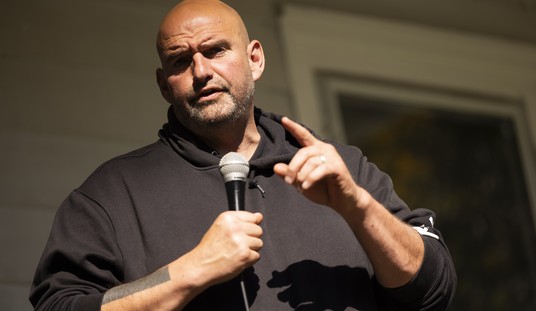

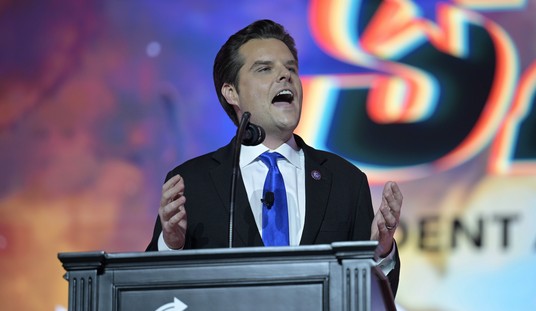
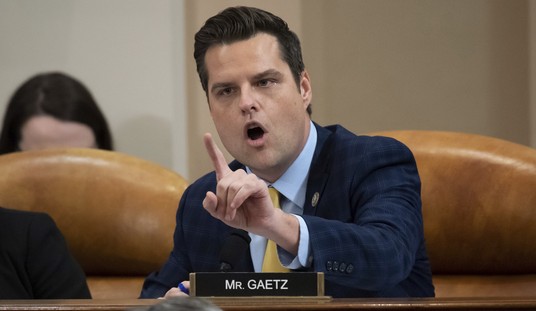
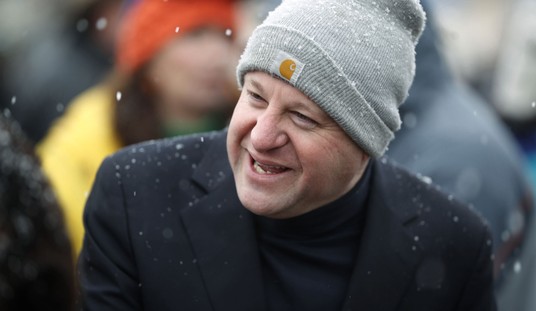
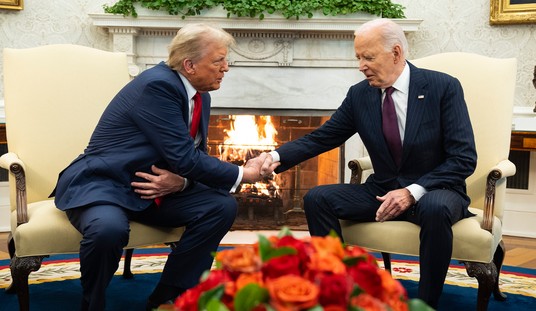
Join the conversation as a VIP Member